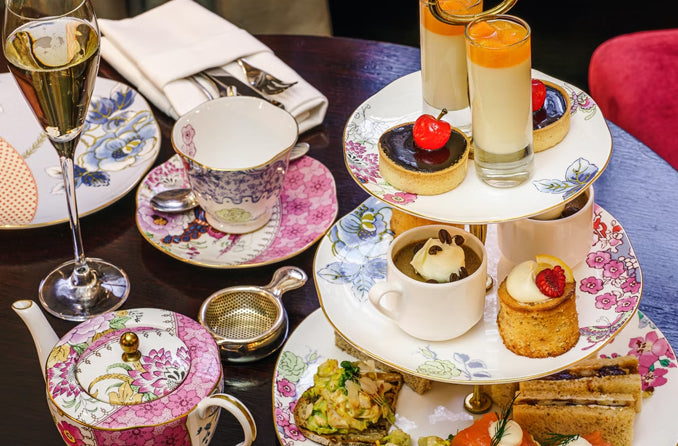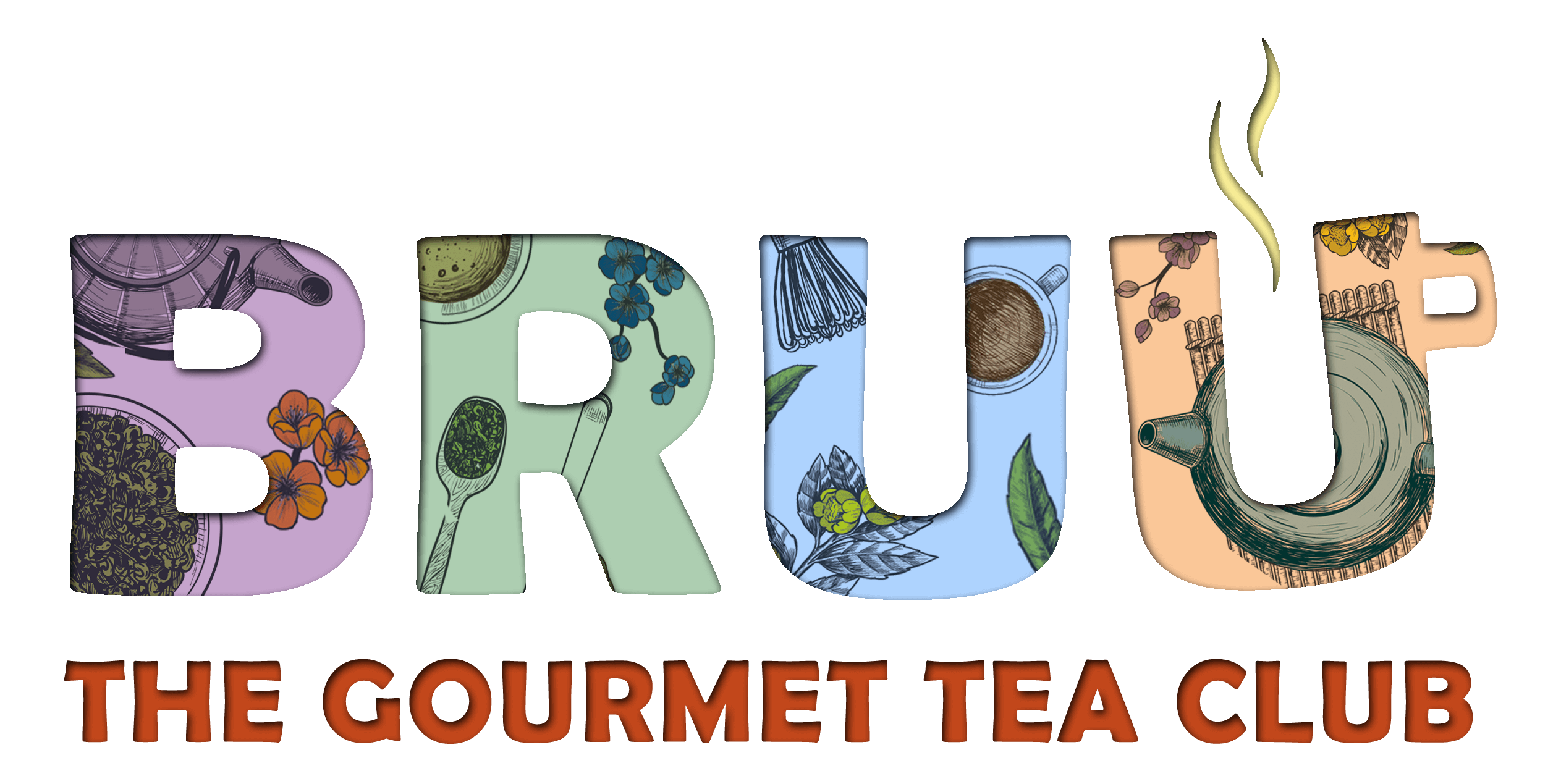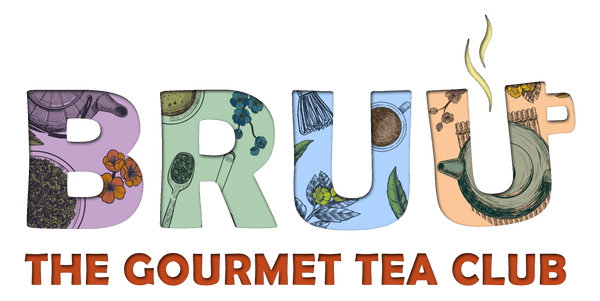What is the Difference Between High Tea & Afternoon Tea?


What a wonderful activity tea has become in our lives, but we have ‘watered down’ the origins of our original tea drinking ways. Welcome to your afternoon tea session with Bruu. (Or is it high tea? Let’s find out the difference, shall we?)
Afternoon Tea
It’s safe to say that Afternoon Tea is hands down an English Custom, but the tradition of drinking tea itself started in China. It was King Charles II’s wife, Catherine of Braganza who introduced this beverage to the English in the 1600s. But it was the Duchess of England Anna Russell in the 19th century who created an activity around having a cup of tea with snacks in the afternoon.
Ever had that nagging feeling in your tummy, that you want to eat something light because you’re peckish/ lightly hungry, but not heavy enough to call it a meal? Well, the Seventh Duchess of England Anna and I shared the same problem
Back then dinner was served late, at around 19:30- 20:00, so she eventually invited a few of her friends to join her during her tea drinking sessions in the afternoon so they could gossip, catch up and quill their hunger until dinner time.
As you can imagine this set-up took place in a “tearoom”/ drawing room with lots of couches and coffee tables. You can call it a somewhat informal setting. This was something only the rich and royal participated in and soon after the Duchess began this tradition, many of her friends started hosting tea parties of their own and then it kept on spreading.
Now, afternoon tea is normally served with a spread of bread, light sandwiches, scones, and cakes. However, this has somewhat gotten confused with a ‘High Tea’ set-up and calls for a clearing.
Although the tradition has moved away from being a good gossip session between housewives (dressed in gorgeous hats, gloves, and gowns), an afternoon cup of tea is still enjoyed worldwide, but the traditional experience is still practised throughout England in various hotels, cafes, and tea rooms, so between 3-4 pm take a tea-time off and treat yourself.
High Tea
High Tea has nothing to do with class or riches, this is something the working-class people took part in after a long day's work and couldn’t wait for supper/dinner time to arrive. Unlike afternoon tea, the working-class men and women of World War 2 had bigger appetites to fill, so when they sat down at a normal dinner table/countertop, they ate sandwiches with a much more substantial filling instead of cucumber sandwiches with no crusts. So, the high in tea refers to the table set up and not finances.
In some cases, the hot cuppa would come with a hot meal as well, so when you’re watching your next Hollywood movie and there’s a scene of a mine worker coming home to a hot tea and a bowl of soup or tuna/ chicken sandwiches, he’s having a high tea (provided he’s sitting at the dinner table and not at a coffee table).
And that’s the simple difference between Afternoon Tea and High Tea.
The last sip
Today we tea lovers have diluted both definitions and we’ve mixed the title of a High Tea with the practice of an Afternoon Tea, thinking it was all about social class.
Either way, next time your family members are coming over for a visit, turn it into a tea party and keep the traditions alive by gifting them their own packs thanks to the flavourful and wondrous boxes that Bruu puts together. Why wait for visitors, if you’re short on gift ideas for that awkward family member or friend, a tea box has never been hated by anyone I know so far!
Enjoy your next cuppa with Bruu and tell us all about your experience.
- Ari




Leave a comment